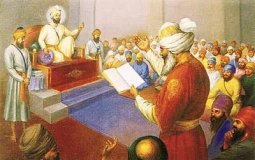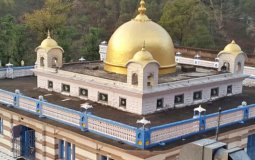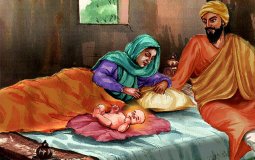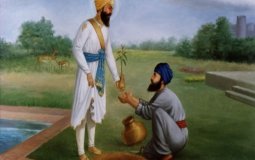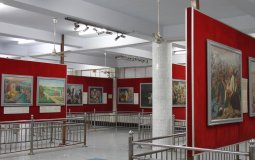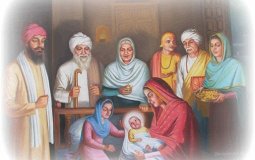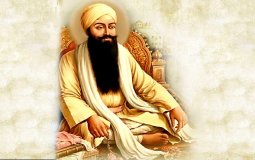The extensive legacy of the Durbar of Guru Gobind Singh deserves more exploration. It not only enriches Sikh culture but also offers insights into the diverse literature of India.
Nankana holds a significant place in the hearts of Sikhs, much like Makkah does for Muslims. It's the birthplace of their revered prophet, Baba Guru Nanak.
Rawalsar holds great historical importance, particularly after the transformative events of Vaisakhi 1699 .Around two years after Vaisakhi 1699, Guru Gobind Singh ji addressed the hill rajas gathered at Rawalsar, near Mandi in Himachal Pradesh, just a short distance from Anandpur Sahib.
In all the Janamsakhis, Guru Nanak stresses the importance of living truthfully as the path to liberation.
Guru HarRai demonstrated a unique blend of strength and compassion. He pursued a strategy of "masterly inactivity," focusing on fortifying the foundations of Sikh faith while steering clear of political entanglements.
The history of the Sikh religion is particularly rich, known for its valour and numerous sacrifices. One such place to explore this heritage is the Bhai Mati Das Sati Das museum, nestled near the iconic Sis Ganj Sahib Gurudwara in Chandni Chowk
Guru Nanak, the founder of Sikhism, played a significant role in shaping its principles. There's been ongoing debate regarding Guru Nanak's date of birth.
Guru Ram Das Ji, continuing with the vision of his Guru, Amar Das Ji, built Amritsar from scratch.
In the 19th century, the first Sikhs who came to the Malay states were mostly brought in by British officers with experience in India.
Part Three of a Three Part Series about Sikhs serving in the F.M.S.R. & Malayan Railways

